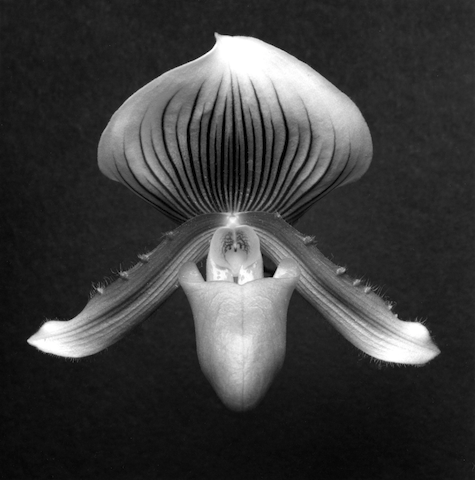Various venues, Kyoto 15 April – 14 May
Founded by Kyoto-based artist couple Yusuke Nakanishi and Lucille Reyboz, Kyotographie is an annual photography festival now in its fifth year that unfolds across multiple venues, including a number of unconventional spaces repurposed as exhibition venues, throughout Japan’s former capital.
Tackling this year’s theme of ‘Love’ in a stunningly apt conjunction with his chosen setting, veteran Japanese lensman Nobuyoshi Araki presents a series of photographs called A Desktop Love (2016), displayed in custom-made wooden frames and stands perched at a slight incline on the tatami-matted floor of Ryosokuin, a smaller building within Kenninji, the oldest Zen temple in Kyoto. These still lifes, composed using toys, potted plants and other miscellaneous objects artfully arranged on a desk in his home, foregrounds Araki’s longstanding obsessions with the themes of eros, transience and memento mori, set against the austerely appointed interior of the temple building, as well as the view of the spartan rock and moss garden outside.
It is sometimes the outsider undertaking a project meant as a tribute to Kyoto’s culture who is able to draw out its most subtle nuances
On the other hand, Hong Kong artist Yan Kallen’s Between the Light and Darkness (2017) suggests that it is sometimes the outsider undertaking a project meant as a tribute to Kyoto’s culture who is able to draw out its most subtle nuances. Mumeisha Yoshida House, a classic Kyoto machiya townhouse residence belonging to Kojiro Yoshida, a retired kimono-fabric distributor who was also the director of Kyoto’s famed Gion Matsuri summer festival, serves as an atmospheric setting for Yan’s work, which was based on a four-month residency spent getting to know some of Kyoto’s most respected artisans, whose fields of expertise range from tea-ceremony kettles to sacred Shinto mirrors, tatami mats and traditional wooden joinery. Carefully printed on handmade Japanese paper in fine monochrome gradations of black and white, Yan’s photos of everyday tools and paper- and lacquer-making processes are an eloquent homage to a disappearing way of life in a staunch stronghold of Japanese craft traditions, made even more elegiac by being displayed in this dusky abode made of wood and paper. Where most contemporary photography emphasises the play of light, Yan’s project is not so much illuminated by natural light as tempered by a myriad of shadows.
Similarly unconventional but strikingly apt is the Robert Mapplethorpe exhibition, drawn from the collection of the architect Peter Marino, which is on display at Kondaya Genbei, a fabric merchant specialising in kimono sashes (obi). First presented at the Chanel Nexus Hall in Tokyo’s Ginza district, this reconfiguration of the exhibition, made of some 90 works, is staged in a subtly crafted, pristine white substructure of truncated walls that give one the impression of flitting through a futuristic time-capsule suspended within the dark wooden beams and ochre-coloured plaster walls of this machiya house. As one ventures deeper into the elongated space of the house, one has the impression of burrowing ever deeper into Mapplethorpe’s complex iconography, starting with the innocuous still lifes of flowers and plants, and gradually edging towards the more risqué contours of his nude male models.
In one sense, the evolution of Kyotographie is the tale of how the founders gradually won the trust and respect of the local community in a city that is not particularly known for its opennessto outsiders (Reyboz is French-born but grew up in Mali, while Nakanishi, although Japanese, is not from Kyoto). While the city is already an important centre of the traditional and performing arts, recent years have seen an uptick in the number of truly internationally oriented art events, such as the recently founded Parasophia: Kyoto International Festival of Contemporary Culture (2015), that are converging to make Kyoto a vital centre and counterpoint to the art scene in the capital.
From the Summer 2017 issue of ArtReview Asia
